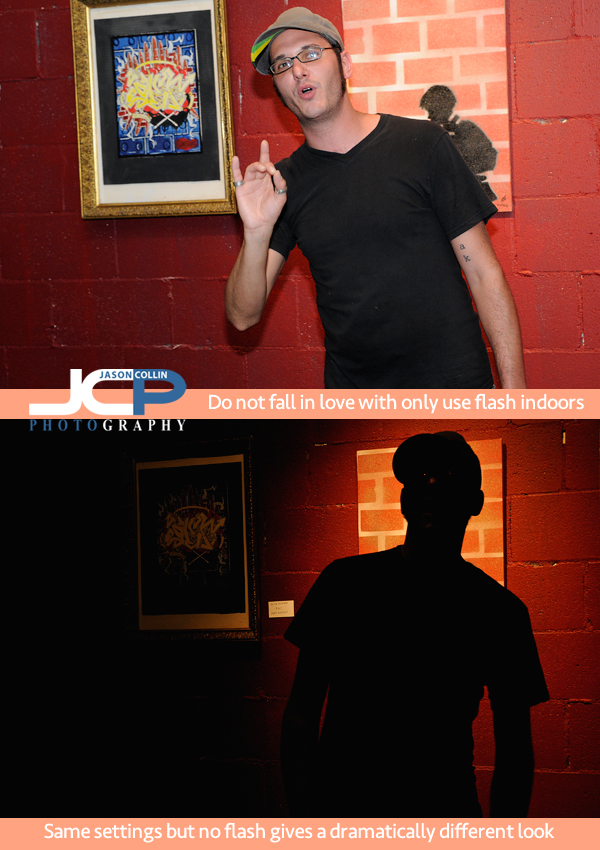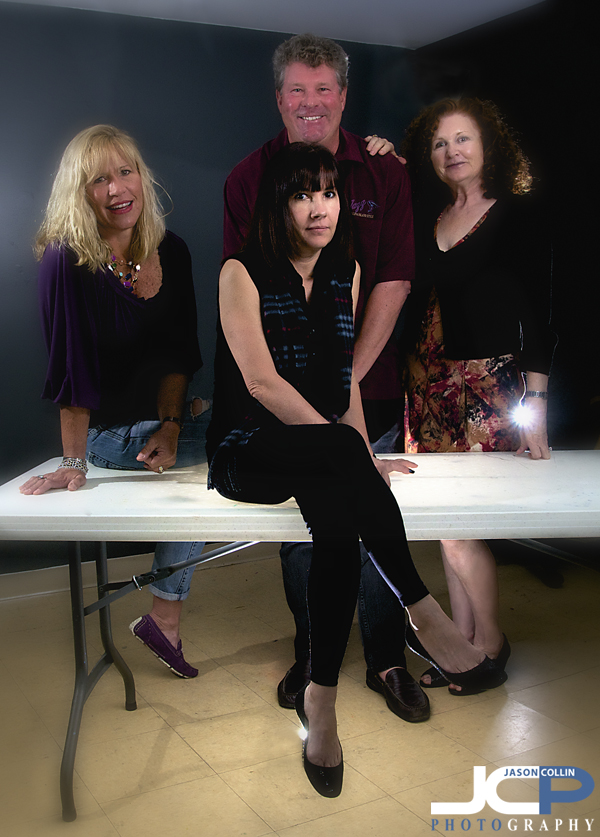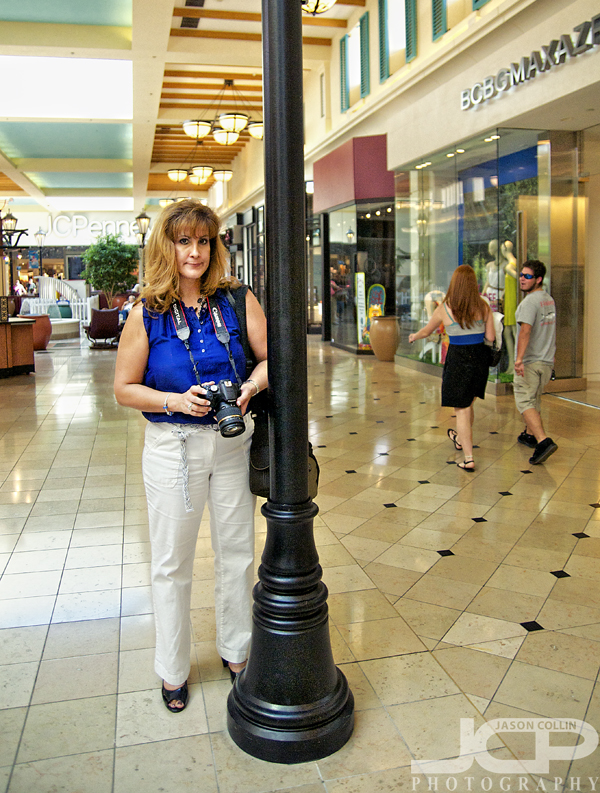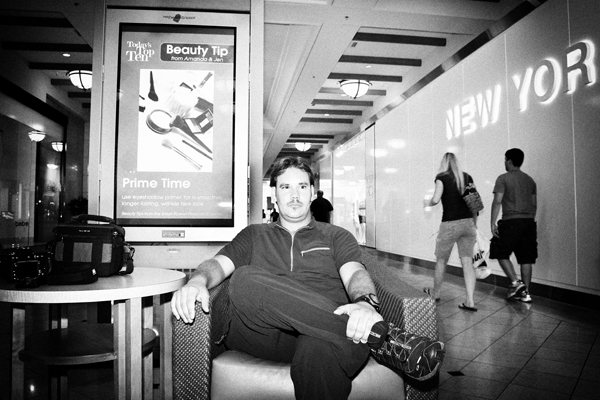 I have recommended getting a speedlight (external flash) to many of my photography students who want to make photographs indoors. In fact, I say it is a must have piece of gear for any photographer really. Is use my speedlights off camera for portraits, and on camera for photographing events (where quick mobility is needed). A speedlight is useful in so many ways for all kinds of shooting.
I have recommended getting a speedlight (external flash) to many of my photography students who want to make photographs indoors. In fact, I say it is a must have piece of gear for any photographer really. Is use my speedlights off camera for portraits, and on camera for photographing events (where quick mobility is needed). A speedlight is useful in so many ways for all kinds of shooting.
That said, a photography tip to add to your memory banks is to not fall in love with exclusively using flash for indoor event photography. Using a speedlight for indoor event photography will produce very consistent results, which is a good thing of course. If you are photographing a business conference where there is no need for creative shots, then keep that speedlight on. However, for getting the most variety out of your event shooting, turn the speedlight off sometimes.
In the above examples, the exact same camera settings were used. In fact, the bottom photo was taken only 4 seconds after the first. Everything about shooting was the same, except no flash fired in shooting the bottom photo. As you can see, the photos are totally different. Using the speedlight we can see all details in the artist and in the background. The ambient light of the room is all but drowned out. In the second shot we see only the slightest details of the artist and the ambient light provides a cool backlighting. The impression the photos give the viewer end up being quite different.
Now I must confess the second shot was not done on purpose! My flash could not recycle fast enough and simply did not fire. Many the time though in my photography experience I have learned something from a happy accident like this. So now when I photograph events that do not all require the uniform flashed look, I turn my speedlight off and use ambient light to create an entirely different photo. Give this a try the next time you are shooting indoors.




